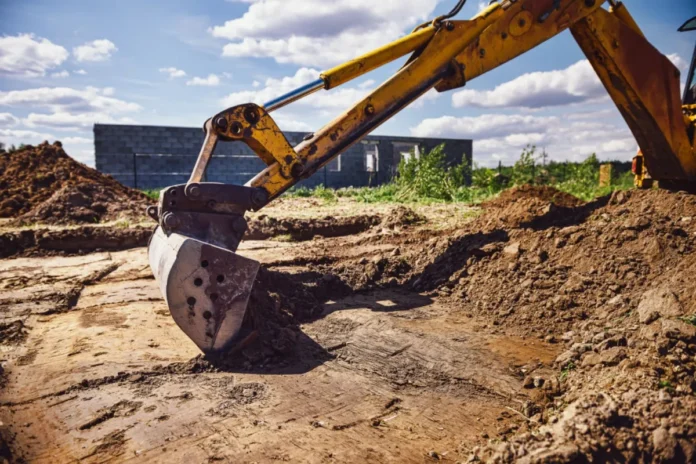Contents
Introduction
Excavation is a crucial step in various construction and renovation projects, ranging from building foundations to landscaping. However, the costs associated with excavation can often catch individuals and businesses off guard if not properly understood. In this blog post, we’ll delve into the intricacies of excavation charges, shedding light on the factors that influence pricing and offering insights into how you can manage these costs effectively.
Understanding Excavation Charges
Scope of Work
The first factor that significantly impacts excavation charges is the scope of work. Excavation projects vary widely in size and complexity, ranging from small residential digging tasks to large-scale commercial site preparations. Contractors assess the scope of work based on factors such as the depth and size of the excavation, the type of soil or terrain, and any specific requirements or challenges unique to the project site.

Site Accessibility
Site accessibility plays a vital role in determining excavation costs. If the site is easily accessible with ample space for equipment maneuverability, excavation work tends to be more straightforward and less time-consuming. Conversely, if the site is restricted or has limited access, contractors may need to employ specialized equipment or techniques, leading to increased costs.
Soil Conditions
The type and condition of the soil at the project site significantly influence excavation charges. Excavating through soft, loose soil is generally faster and requires less effort compared to digging through hard, compacted soil or rocky terrain. Contractors may need to adjust their equipment, employ additional manpower, or use specialized tools to tackle challenging soil conditions, all of which can affect pricing.
Depth and Volume
Excavation charges are often calculated based on the depth and volume of material to be removed. Deeper excavations or projects requiring the removal of large volumes of soil or debris naturally incur higher costs due to increased labor, equipment usage, and disposal expenses. Contractors typically assess the depth and volume requirements during the initial site evaluation to provide accurate cost estimates.
Equipment and Labor
The equipment and labor required for the excavation also contribute significantly to overall costs. Excavation projects may involve various types of machinery, such as excavators, bulldozers, and dump trucks, each with its associated rental or operating costs. Additionally, the number of skilled workers needed to operate the equipment and perform manual labor tasks affects pricing, with larger teams or specialized expertise commanding higher rates.
Managing Excavation Costs
Plan Ahead
Proper planning is essential for managing excavation costs effectively. Start by clearly defining the scope of work and communicating your requirements to potential contractors. Obtain multiple quotes and compare prices, ensuring that each contractor includes detailed breakdowns of expenses. When planning your landscaping project, consider how excavation charges will impact your budget and timeline.
Optimize Site Conditions
Maximize site accessibility and minimize obstacles to streamline the excavation process. Clear vegetation, debris, and any obstructions that could impede equipment movement or hinder progress. Address drainage issues and stabilize the ground as needed to create a conducive working environment for the excavation team.
Soil Analysis
Conduct a thorough soil analysis to determine the composition and condition of the soil at the project site. This information helps contractors select the appropriate equipment and excavation techniques, minimizing delays and unexpected expenses associated with encountering challenging soil conditions.
Consider Alternatives
Explore alternative excavation methods or materials to achieve your project goals while potentially reducing costs. For example, trenchless excavation techniques may be suitable for certain utility installations, eliminating the need for extensive digging and minimizing disruption to the surrounding area.
Conclusion
Excavation charges can vary significantly depending on various factors such as the scope of work, site accessibility, soil conditions, depth and volume requirements, equipment, and labor. By understanding these factors and implementing effective cost management strategies, individuals and businesses can navigate excavation projects more efficiently and ensure optimal outcomes within budgetary constraints. Remember to plan ahead, optimize site conditions, conduct soil analysis, and consider alternatives to mitigate excavation costs and achieve project success.




[…] traditional forms of shoring. It involves the use of wooden beams, planks, and shores to support excavations, trenches, and structures. Timber shoring is relatively economical and easy to install, making it […]